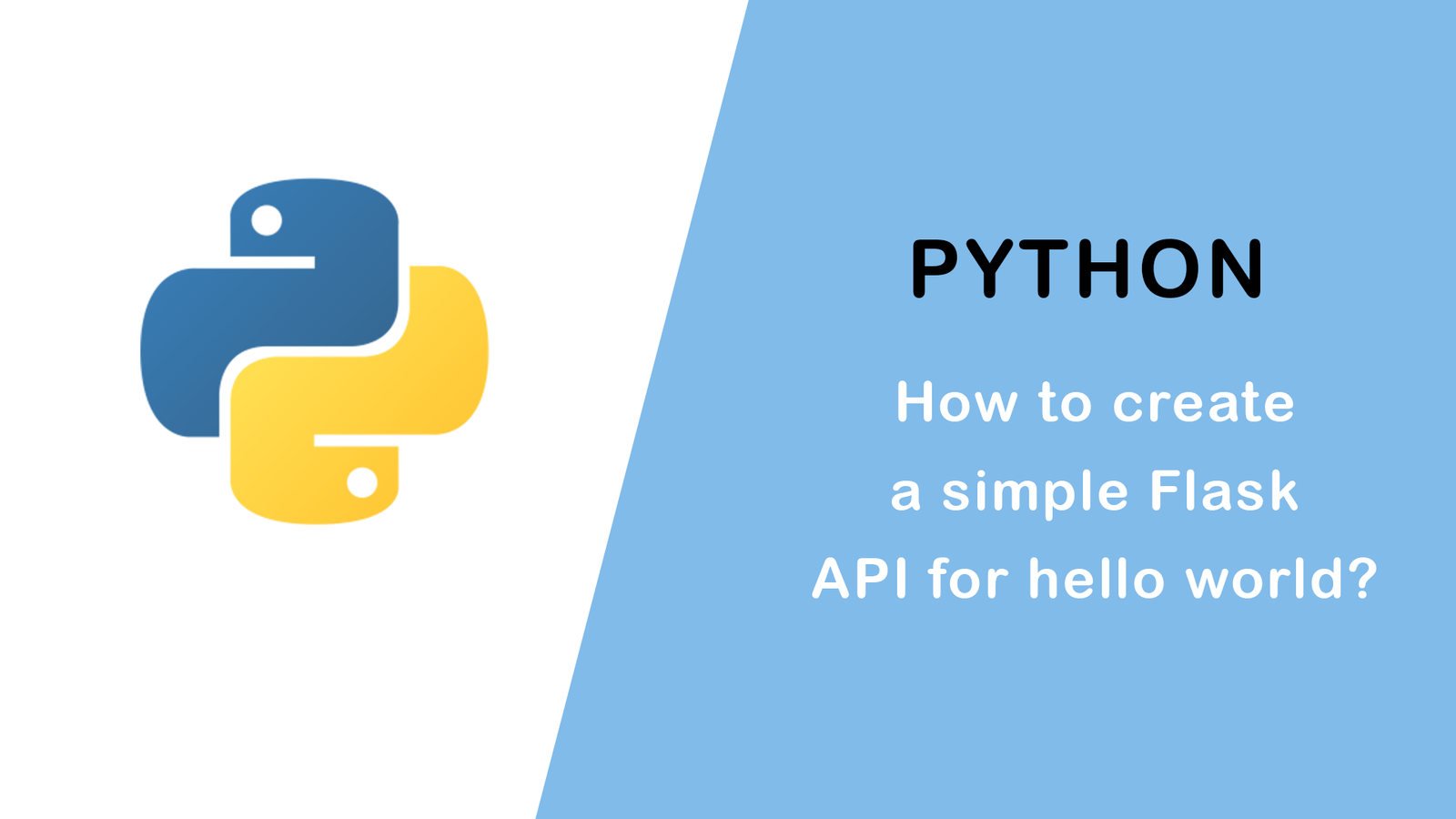10 Essential Python Number Operations and Functions: A Comprehensive Guide with Code Examples

Numbers play a fundamental role in Python programming. Python provides various data types and operations to work with numbers effectively. In this blog post, we will explore the different number types in Python, their operations, and provide code examples to illustrate their usage.
Integer Numbers
Integers are whole numbers without decimal points. They can be positive or negative.
# Assigning integer values
x = 10
y = -5
Floating-Point Numbers
Floating-point numbers are numbers with decimal points. They can represent both whole and fractional values.
# Assigning floating-point values
a = 3.14
b = 2.5
Complex Numbers
Complex numbers consist of a real part and an imaginary part, represented as a + bj, where a and b are real numbers, and j represents the square root of -1.
# Assigning complex values
c = 2 + 3j
d = -1.5 + 4j
Number Operations
Python provides a variety of operations for working with numbers, including arithmetic operations, type conversions, and more.
# Arithmetic operations
x = 10
y = 3
# Addition
result = x + y
print(result) # Output: 13
# Subtraction
result = x - y
print(result) # Output: 7
# Multiplication
result = x * y
print(result) # Output: 30
# Division
result = x / y
print(result) # Output: 3.3333333333333335
# Modulus
result = x % y
print(result) # Output: 1
# Type conversions
number = 5
string_number = str(number)
print(string_number) # Output: "5"
Number Functions
Python provides built-in functions for working with numbers, such as finding the absolute value, rounding, and more.
# Absolute value
x = -10
absolute_value = abs(x)
print(absolute_value) # Output: 10
# Rounding
y = 3.7
rounded_value = round(y)
print(rounded_value) # Output: 4
Numbers are an integral part of Python programming, and understanding how to work with them is essential. In this blog post, we covered integer numbers, floating-point numbers, complex numbers, number operations, and number functions. By mastering Python's number capabilities, you'll have the foundation to perform various calculations and manipulations in your Python programs.
Feel free to customize the content and formatting as per your website's style and design.
Categories : Python
Tags : how to write a function in python function python def function python python def function python methods python function syntax how to make a function in python python definition how to create function in python def in python how to create a function in python how to use def in python def python function python func defining functions in python defining a function in python write function in python call a function in python python call function how to use functions in python how to use function in python

Abhay Dudhatra
0 Comments
Related Articles
How to create a simple Flask API for hello world?
 By Praful Sangani -
July 25,2022
By Praful Sangani -
July 25,2022
How to Convert Images To PDF using Python
 By Praful Sangani -
July 29,2022
By Praful Sangani -
July 29,2022
How to create QR Code using Python
 By Praful Sangani -
July 29,2022
By Praful Sangani -
July 29,2022
Categories
Laravel
48React
17CSS
4jQuery
3PHP
19JavaScript
53HTML
4Python
30Node.js
2Git
8Bootstrap
15MySQL
7WordPress
27Popular Articles

WordPress Add Posts #16
August 04,2022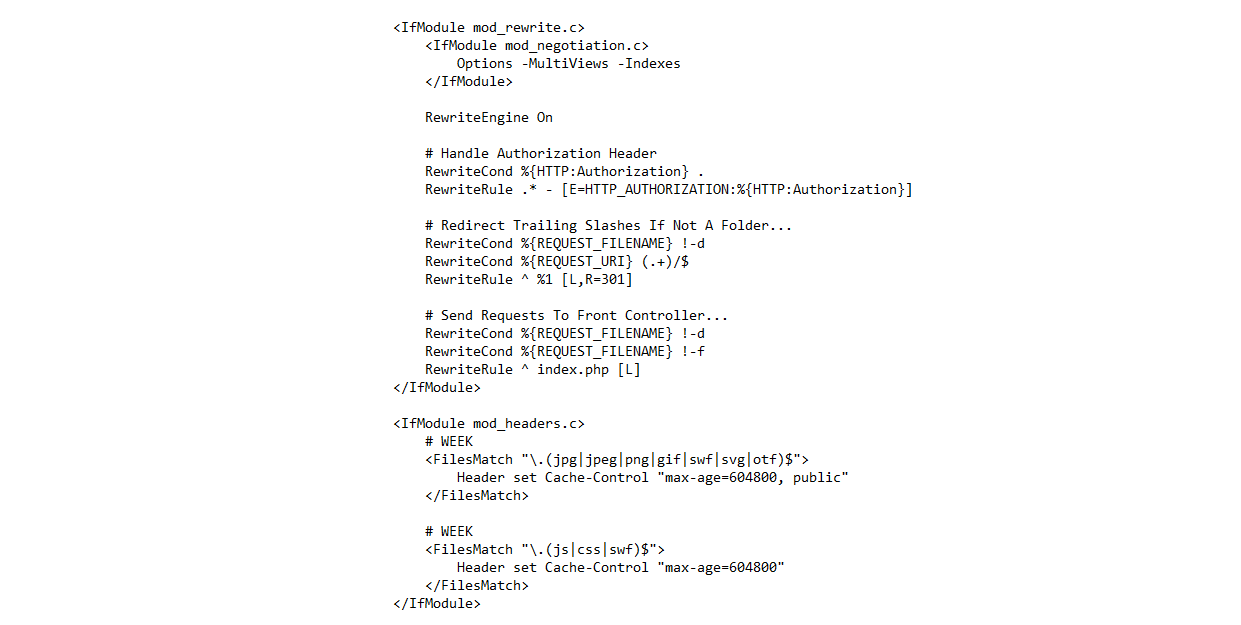
GZIP and Browser Cache a website wi...
July 21,2022
Destructuring and Spreading
August 13,2022
Import Export CSV And Excel File in...
July 22,2022
Laravel 8 Custom User Login and Reg...
July 19,2022Featured Articles

Laravel 9 Custom Login and Registra...
May 11,2023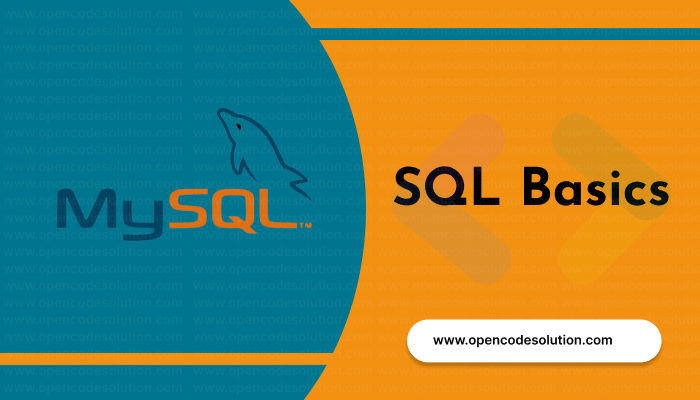
SQL Basics: A Beginner's Guide to S...
May 05,2023
Generating PDF Files in Laravel Usi...
April 26,2023
Laravel Image Intervention: A Guide...
April 26,2023
How to Generate BarCode in Laravel?
April 26,2023
Implementing Payment Gateway in Lar...
March 26,2023
Laravel 8 Model Observers Example T...
March 10,2023
How to use Forelse loop in Laravel...
August 08,2022
What Is Wordpress #1
August 04,2022
Bootstrap Alerts
August 03,2022
Essential JS for PHP
August 03,2022
PHP Sparkline
August 03,2022
Groups in React Textbox
August 03,2022
JavaScript exercise-examples for Be...
August 03,2022
Create Social Login In Laravel With...
August 01,2022
Using Laravel Model Factories
July 30,2022
How to Include Bootstrap 5 in our w...
July 28,2022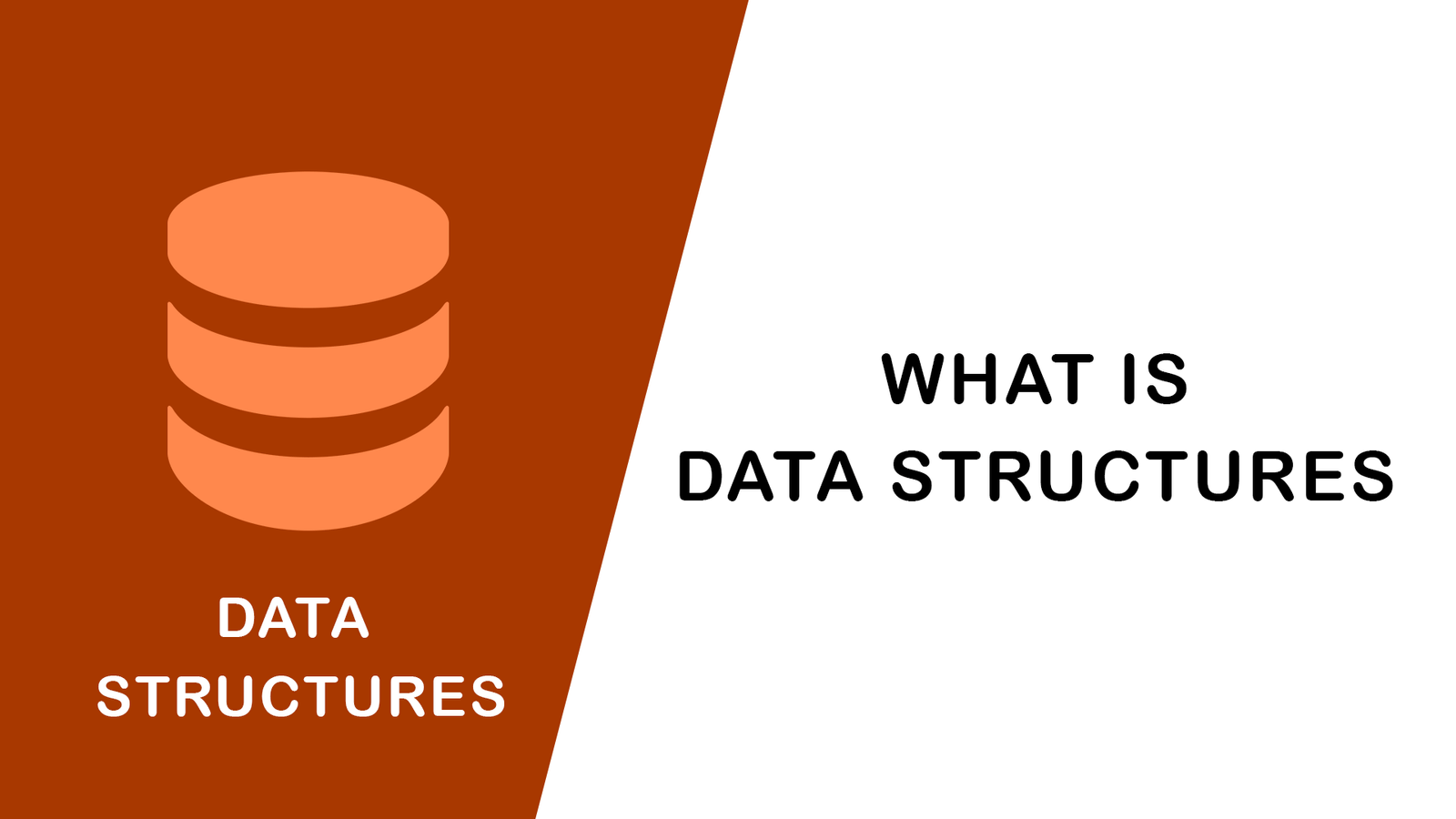
What Is Data Structures ?
July 28,2022
How to Validate Your Laravel App's...
July 27,2022
TOP 10 PROGRAMMING LANGUAGES USED B...
July 27,2022
Create Select Options from Enums, L...
July 27,2022
Fast Paginate for Laravel 9
July 27,2022
Add Useful Info to the Laravel Abou...
July 27,2022
Learn Most Common Git Commands
July 26,2022
React Hooks: Array Destructuring Fu...
July 25,2022
Laravel 8 CRUD operation
July 23,2022
How to Generate QR Code in Laravel...
July 21,2022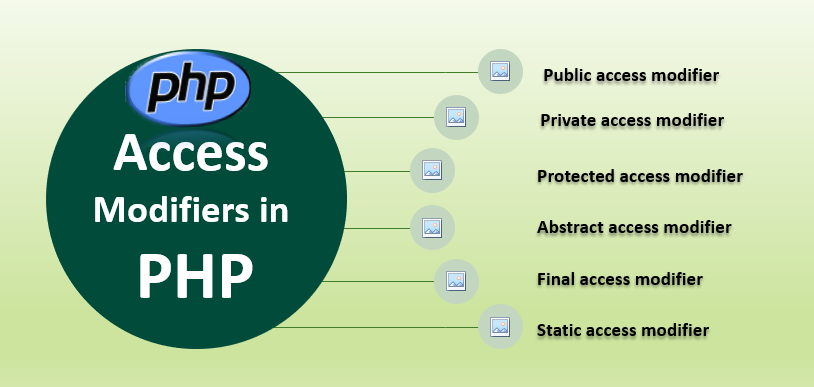
Access specifier in php
July 20,2022


